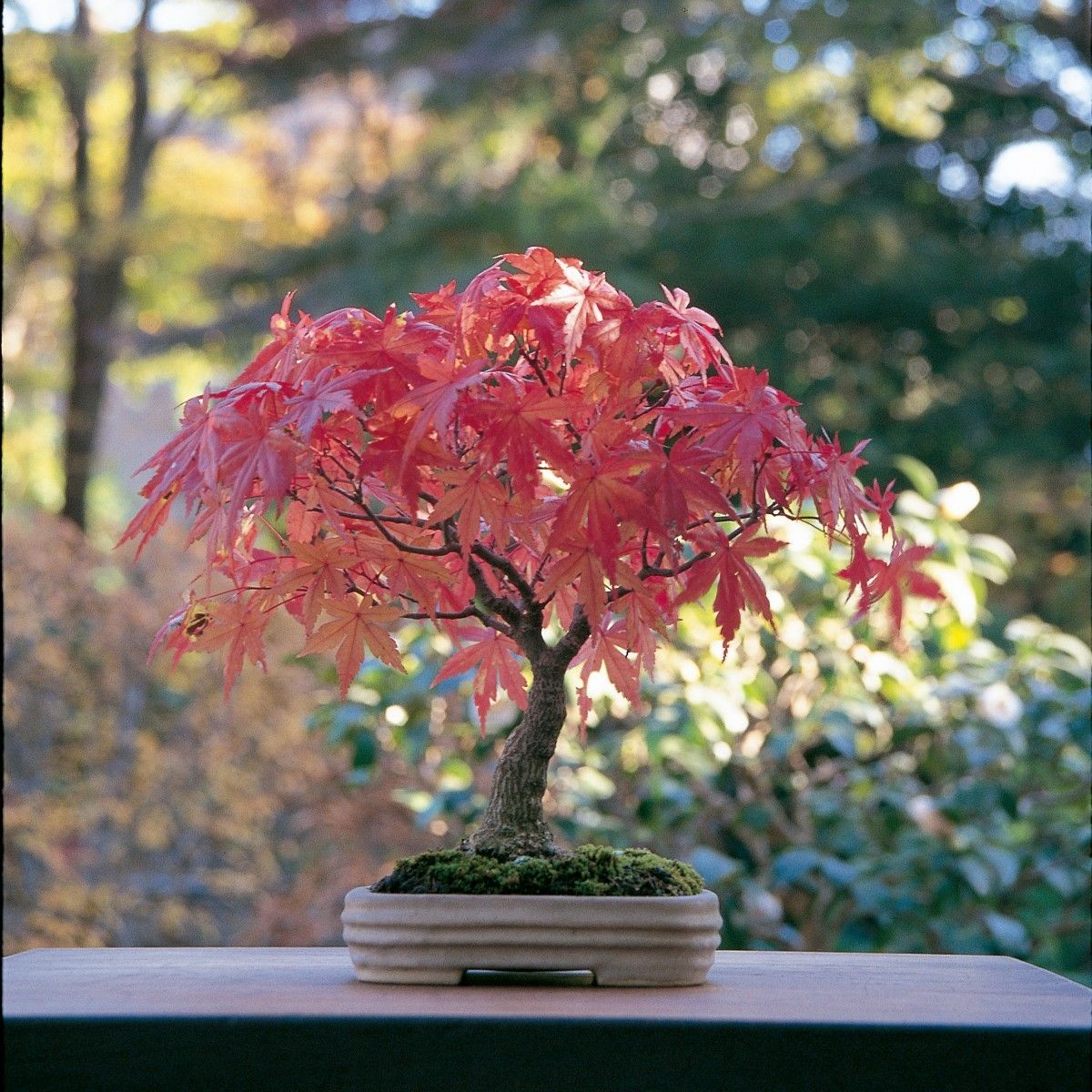Absolutely! Here’s a comprehensive 3000-word article on Japanese Maple Bonsai, formatted with `
` and `
` tags as requested.
Japanese Maple (Acer palmatum) bonsai are among the most beloved and admired of all bonsai varieties. Their delicate leaves, vibrant colors, and graceful forms make them a true spectacle, captivating enthusiasts and casual observers alike. Cultivating a Japanese Maple bonsai is a journey of patience, artistry, and a deep appreciation for the natural world.
Understanding Japanese Maple Bonsai
The Japanese Maple, native to Japan, Korea, and parts of China, is celebrated for its seasonal transformations. From the fresh, bright green of spring to the fiery reds and oranges of autumn, these trees offer a dynamic display that changes throughout the year.
Key Characteristics

Leaf Shape and Color: The palmate leaves, with their distinct lobes, are the hallmark of the Japanese Maple. Colors range from various shades of green to red, purple, and variegated patterns.
Popular Varieties
Several varieties of Japanese Maple are particularly popular for bonsai cultivation:
Acer palmatum ‘Deshojo’: Known for its intense red spring foliage.
Cultivation Techniques
Successful Japanese Maple bonsai cultivation requires attention to several key areas:
Soil and Repotting

Soil Composition: A well-draining soil mix is crucial. A common blend includes akadama, pumice, and lava rock. This mixture provides adequate drainage and aeration, preventing root rot.
Watering and Fertilizing
Watering: Japanese Maples prefer consistently moist but not waterlogged soil. Water thoroughly when the top layer of soil feels dry. Avoid allowing the tree to dry out completely, especially during hot weather.
Pruning and Shaping
Structural Pruning: This is done during dormancy (late winter or early spring) to establish the basic shape of the tree. Remove unwanted branches, crossing branches, and upward-growing shoots.
Placement and Environment
Sunlight: Japanese Maples thrive in full sun to partial shade. In hot climates, afternoon shade is beneficial.
Styling and Aesthetics
The art of bonsai is deeply rooted in aesthetics, and Japanese Maples offer a wide range of styling possibilities.
Formal Upright (Chokkan)
This style features a straight, upright trunk with a triangular silhouette. It conveys a sense of strength and formality.
Informal Upright (Moyogi)
This style has a slightly curved trunk and a more relaxed, natural appearance.
Slanting (Shakan)
The trunk leans to one side, suggesting a tree that has been shaped by wind or other environmental factors.
Cascade (Kengai) and Semi-Cascade (Han-Kengai)
These styles depict trees growing on cliffs or steep slopes, with branches cascading down.
Broom (Hokidachi)
This style features a straight trunk with numerous fine branches that form a broom-like shape.
Multi-Trunk (Kabudachi)
This style showcases multiple trunks emerging from a single root base, creating a forest-like appearance.
Literati (Bunjin)
This style emphasizes a sense of age and refinement, with a slender trunk and sparse branches.
Common Problems and Solutions
Even with careful cultivation, Japanese Maple bonsai can encounter various problems:
Pests and Diseases
Aphids: These small insects can damage new growth. Treat with insecticidal soap or neem oil.
Environmental Stress
Leaf Scorch: Caused by excessive sun, wind, or dry soil. Provide shade and ensure adequate watering.
The Rewards of Cultivation
Cultivating a Japanese Maple bonsai is a rewarding and enriching experience. It requires patience, dedication, and a deep appreciation for nature. The changing seasons bring new beauty and challenges, and the process of shaping and refining the tree is a constant source of learning and satisfaction.
Patience and Observation
Bonsai cultivation teaches patience and the importance of observation. Understanding the tree’s growth patterns and responding to its needs is essential for success.
Artistic Expression
Bonsai is a form of living art, allowing the cultivator to express their creativity and aesthetic vision.
Connection with Nature
Working with a Japanese Maple bonsai fosters a deeper connection with nature and an appreciation for the beauty and resilience of trees.
Lifelong Learning
Bonsai is a lifelong pursuit, with endless opportunities for learning and improvement. Each tree presents unique challenges and rewards, making the journey as fulfilling as the destination.

:max_bytes(150000):strip_icc()/gerber-daises-4121360-hero-bfd1a98e8bb44c45891b84d9df63b5ac.jpeg?resize=200,135&ssl=1)

